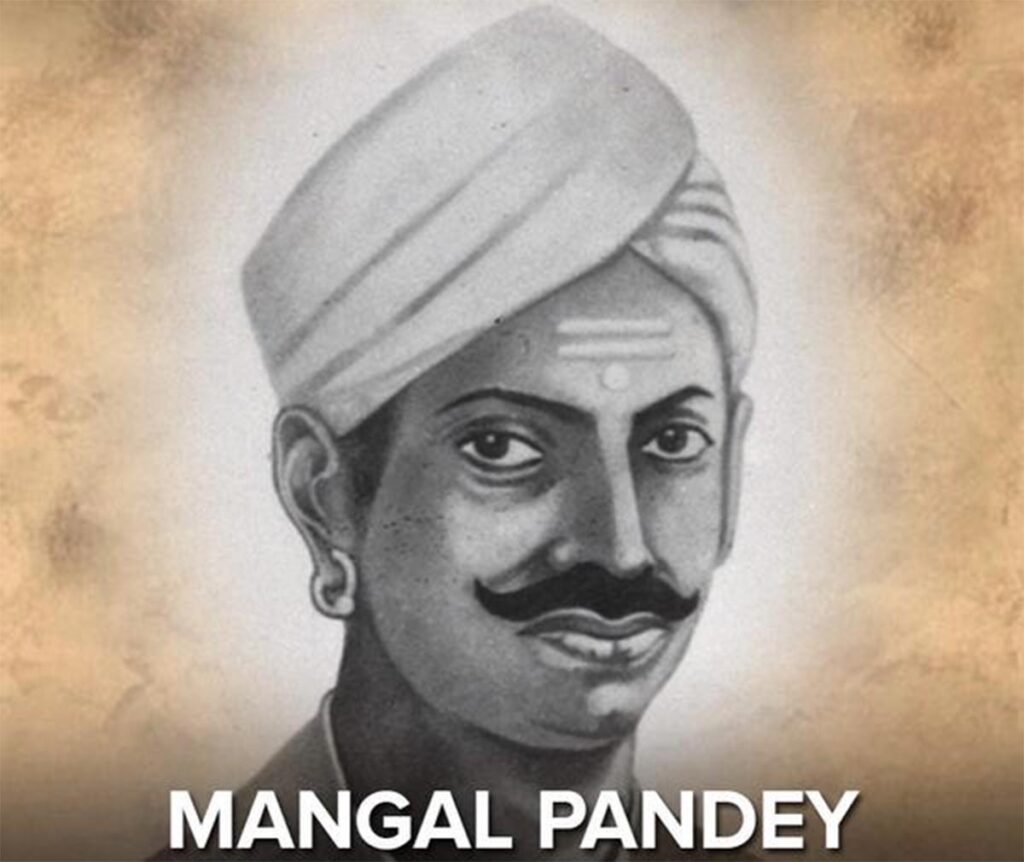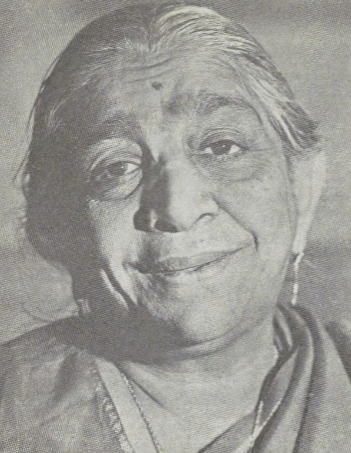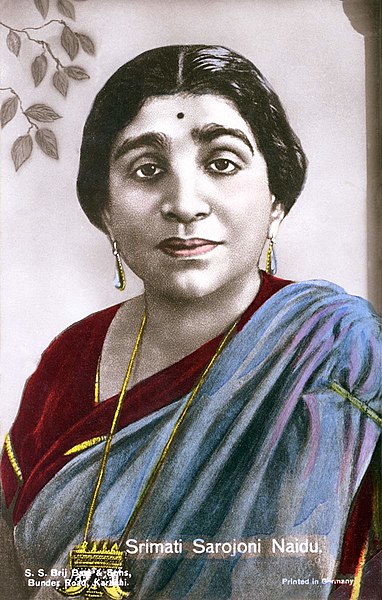Mangal Pandey: The Fearless and Inspiring Journey in India’s Battle for Freedom
Introduction
The history of India’s struggle for independence is adorned with numerous heroic tales of brave souls who selflessly fought for the nation’s freedom. One such valiant warrior was Mangal Pandey, an influential figure whose actions played a pivotal role in igniting the spark of rebellion against the British East India Company. This article delves into the life, courage, and legacy of Mangal Pandey, an extraordinary freedom fighter who left an indelible mark on the annals of Indian history.
Table of Contents
Who is Mangal Pandey?
Mangal Pandey, a prominent figure in the Indian independence movement, was born on July 19, 1827, in a small village named Nagwa, in present-day Uttar Pradesh, India. He was a key figure during a dark chapter of British rule in India. Growing up in an India under British colonial rule, Mangal Pandey witnessed firsthand the injustices and atrocities perpetrated by the British East India Company on his fellow countrymen. These experiences shaped his determination to stand up against the oppressive regime and fight for India’s freedom.

Early Life and Background of Mangal Pandey
Mangal Pandey hailed from a family of farmers and was instilled with a deep sense of patriotism and love for his motherland from a young age. He was known for his bravery, indomitable spirit, and strong convictions, traits that would define his role in the fight for independence. Mangal Pandey’s unwavering commitment to the cause of liberating India from British rule made him an icon of courage and resilience.
Joining the British East India Company
In 1849, at the age of 22, Mangal Pandey enlisted in the British East India Company’s Bengal Native Infantry. Initially, he believed that working within the system might provide an opportunity to better the conditions of his fellow countrymen. However, Mangal Pandey soon realized that the British officers held deep-seated prejudices against Indian soldiers, treating them with contempt and discrimination.
The Trigger: The Cartridge Controversy
The year 1857 witnessed a pivotal event that would alter the course of Indian history – the Cartridge Controversy. The British introduced a new rifle for the Indian soldiers, the Enfield rifle, which required the soldiers to bite off the tips of greased cartridges before loading them into the rifle. Rumors spread among the Indian soldiers that the cartridges were greased with the fat of cows and pigs, which were sacred and taboo to Hindus and Muslims, respectively.
The Outbreak of Rebellion
On March 29, 1857, Mangal Pandey’s strong sense of righteousness and indignation culminated in an act of rebellion. In Barrackpore, Mangal Pandey refused to use the greased cartridges and incited his fellow soldiers to follow suit. His courageous act caught the attention of his superiors, leading to his arrest.
The Trial and Execution
Mangal Pandey faced a court-martial for his actions, but he remained unapologetic and resolute in his defiance against the British. His trial garnered widespread support and sympathy from the Indian population. On April 8, 1857, Mangal Pandey was hanged for his role in the mutiny. His martyrdom and sacrifice would soon inspire countless others to join the fight for independence.
His Contribution to India
Mangal Pandey’s sacrifice and the events that followed his execution laid the foundation for the Indian Rebellion of 1857, often referred to as the First War of Indian Independence. The uprising spread like wildfire across the country, involving soldiers and civilians alike, marking a turning point in India’s struggle for freedom. Mangal Pandey’s bold actions galvanized the Indian people and instilled a renewed sense of pride and determination in their fight against British colonial rule.
Dark Chapter of British Rule in India
The era of British rule in India was marred by exploitation, oppression, and cultural imperialism. The British East India Company’s policies led to economic exploitation, mass famines, and the destruction of indigenous industries. Indians were subjected to discriminatory laws, and the British systematically dismantled traditional social structures. Mangal Pandey’s revolt was a response to the simmering discontent among the Indian population, symbolizing the beginning of the end of British colonial dominance in India.
FAQs
1. Why is Mangal Pandey considered a significant figure in India’s fight for freedom?
Mangal Pandey’s act of rebellion against the British East India Company played a crucial role in inspiring the Indian Rebellion of 1857, which set the stage for the broader independence movement.
2. How did Mangal Pandey’s early life experiences shape his commitment to the cause?
Growing up amidst British oppression, Mangal Pandey developed a deep sense of patriotism and love for his country, which fueled his determination to fight for India’s freedom.
3. What made the Cartridge Controversy a tipping point in the struggle for independence?
The Cartridge Controversy exposed the deep-seated biases and religious insensitivity of the British East India Company, triggering widespread outrage and rebellion among Indian soldiers.
4. Did Mangal Pandey receive support from the Indian population during his trial?
Yes, Mangal Pandey’s trial garnered significant support and sympathy from the Indian people, who viewed him as a brave and principled freedom fighter.
5. How did Mangal Pandey’s execution impact the momentum of the independence movement?
Mangal Pandey’s martyrdom further galvanized the Indian Rebellion of 1857, motivating more people to join the struggle against British colonial rule.
6. What was the aftermath of the Indian Rebellion of 1857?
The Indian Rebellion of 1857 led by Mangal Pandey, marked the beginning of the end of British East India Company’s rule and paved the way for direct British control over India.
7. Are there any monuments or memorials dedicated to Mangal Pandey?
Yes, various statues and memorials have been erected across India to honor the memory and sacrifice of Mangal Pandey.
8. How does Mangal Pandey’s legacy continue to inspire the youth of India?
Mangal Pandey’s fearlessness and dedication to the cause of freedom serve as a timeless inspiration for the youth of India, reminding them of the power of individual action.
9. Are there any movies or documentaries based on Mangal Pandey’s life?
Yes, several films and documentaries have been made to depict the life and heroic deeds of Mangal Pandey.
10. How is Mangal Pandey’s birth and death anniversary commemorated in India?
Mangal Pandey’s birth and death anniversaries, on July 19 and April 8 respectively, are observed with reverence and pride, with various events and ceremonies held to honor his contributions to India’s freedom struggle.
Conclusion
Mangal Pandey’s bravery and sacrifice have etched his name in golden letters in India’s freedom struggle. His indomitable spirit and unwavering determination continue to inspire millions of Indians even today, just as Mangal Pandey did in his time. He serves as a shining example of how a single individual’s actions can ignite a revolution and change the course of history, just like Mangal Pandey did. The saga of Mangal Pandey remains a testament to the undying spirit of patriotism and love for one’s country, reminding us all of the price paid for India’s cherished independence, a price that Mangal Pandey paid with his life.
Mangal Pandey: The Fearless and Inspiring Journey in India’s Battle for Freedom Read More »

